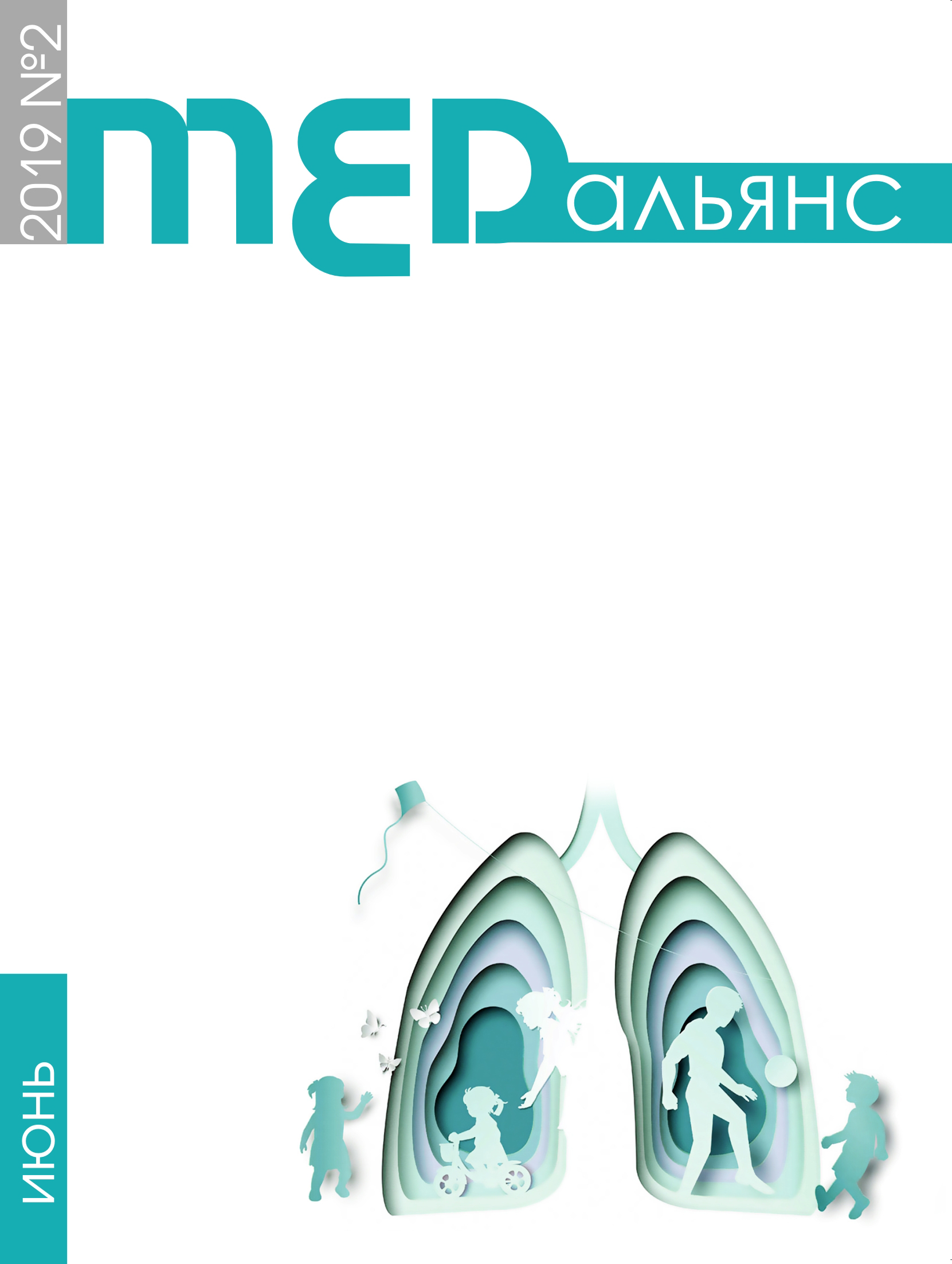Abstract
Summary The aim of the study was to study the trends in the prevalence of respiratory tuberculosis with bacterial excretion with multidrug resistance of mycobacterium tuberculosis (MDR-TB), including in combination with HIV infection, in the North-West Federal District of Russia. Materials and methods. The prevalence of MDR-TB was studied in 2005-2017 in the North-West region in comparison with other federal districts of the Russian Federation. In 9 subjects of the North-West region, the dynamics of the number of patients, who have isolated mycobacterium tuberculosis with the presence and absence of HIV infection was studied over 5 years. Results. The prevalence of tuberculosis with MDR in the Northwestern Federal District stabilized in 2007-2012, and by 2017 it decreased by 31.6% to 14.5 per 100.000. The share of MDR-TB patients with bacterial excretion continues to grow: in the Russian Federation up to 59.0%, in the North-West Federal District up to 60.8% in 2017. A special feature of the North-West Federal District was the more frequent replenishment of the MDR-TB reservoir due to new cases of TB (16.3%) and relapses (5.5%), but less often due to progression of TB (5.2%). Also, the North-West Federal District was characterized by a high frequency of termination of bacteria excretion (26.5%); death was less common (from TB - 4.8%, not from TB - 6.3%). After 2009, in the North-West Federal District, there is a tendency to stabilize the volume of reservoir replenishment along all routes as a result of their reduction. The ratio of the number of MDR-TB patients who have stopped their bacteria excretion to the dead has increased by 2017 to 1.44 throughout the Russian Federation and to 2.37 in the North-West Federal District. Conclusions. The rate of reducing the prevalence of TB with bacterial excretion depends on the presence of MDR MBT and HIV infection. The decline in prevalence is mainly due to non-MDR-TB and non-TB/HIV patients. The share of MDR-TB/HIV patients in the period from 2013 to 2017 increased by 3.9 times (from 3.2% to 12.5%). If these trends continue, the rate of decline in the spread of TB with bacterial excretion will slow down due to an increase in the number of patients with MDR-TB/HIV-TB, who will have a predominant influence on the dynamics of this indicator.

